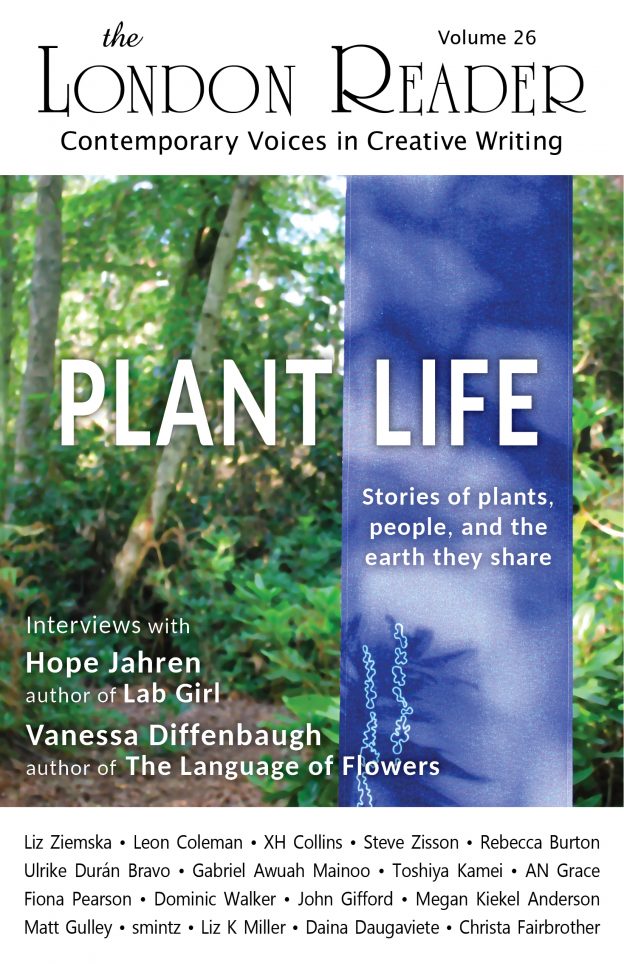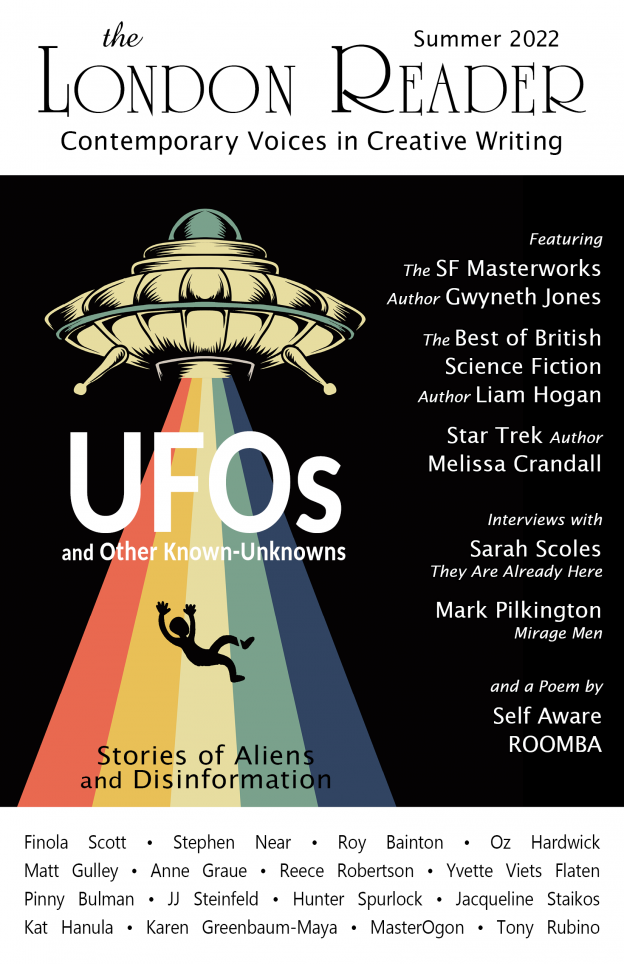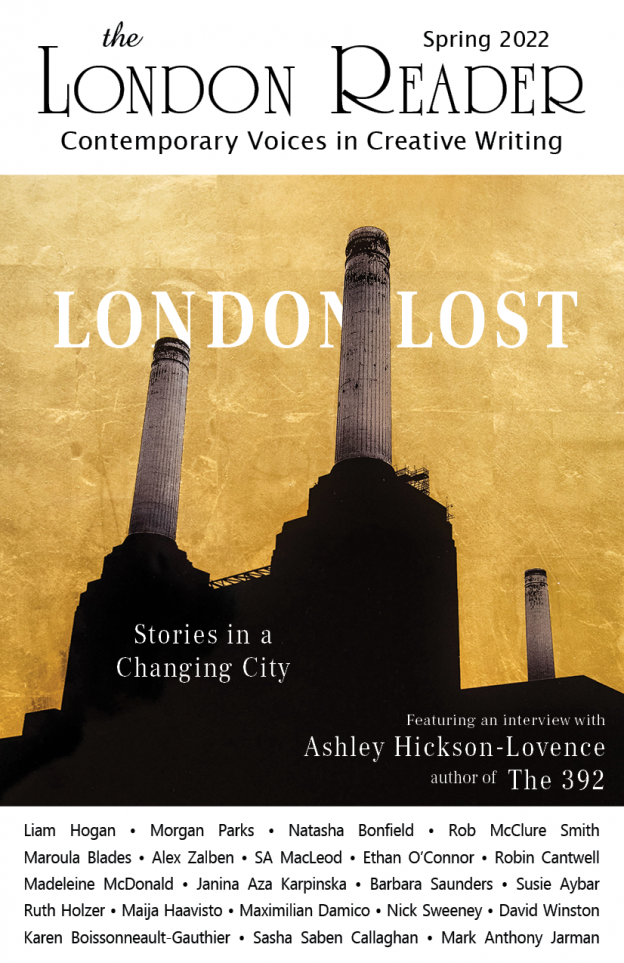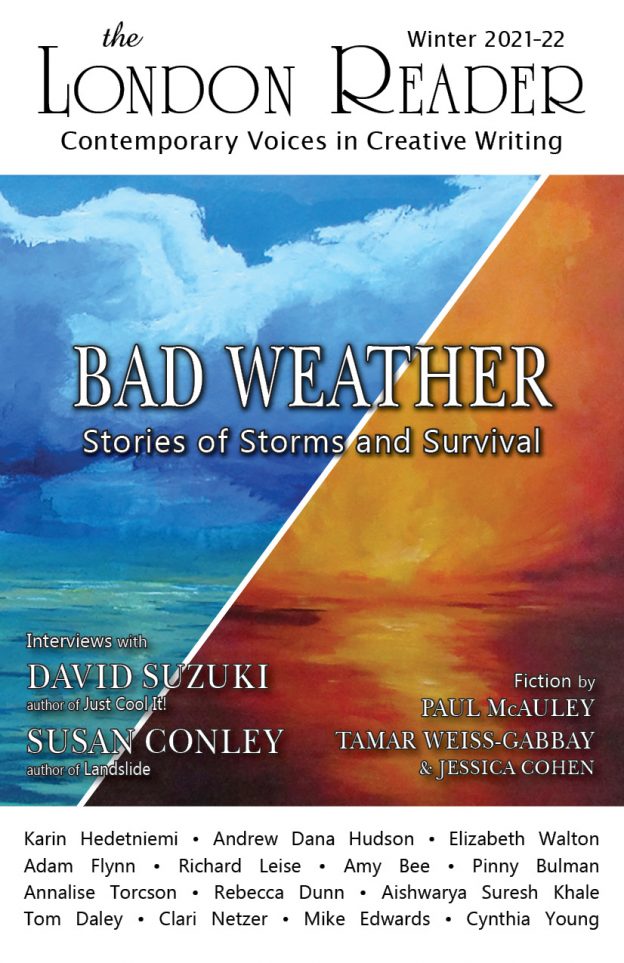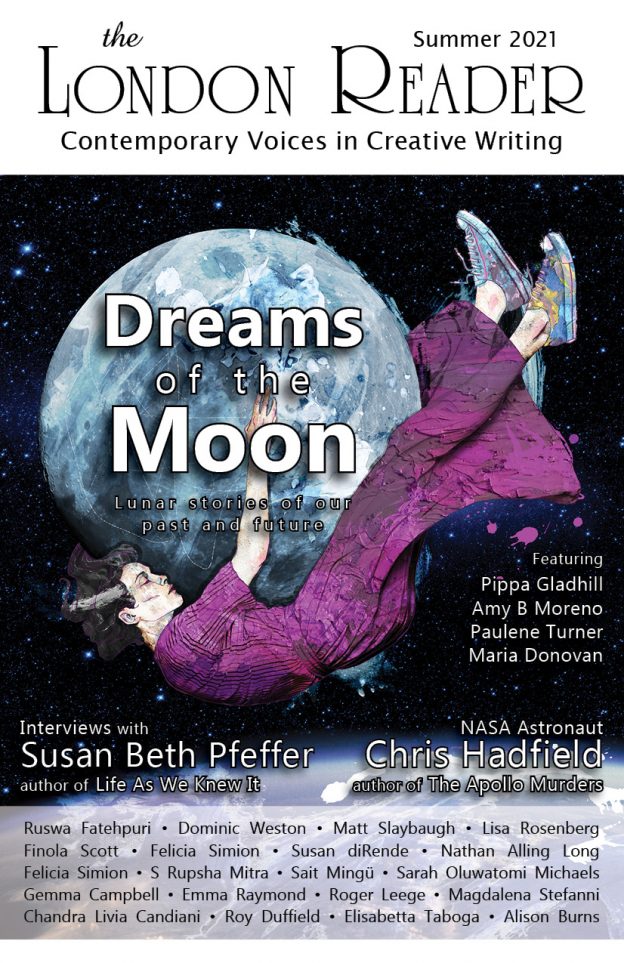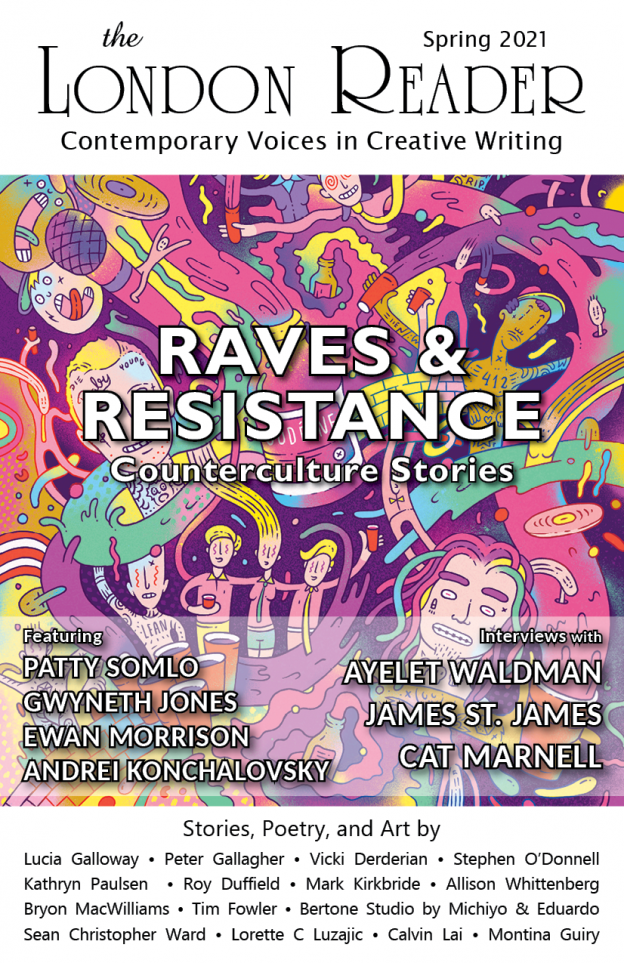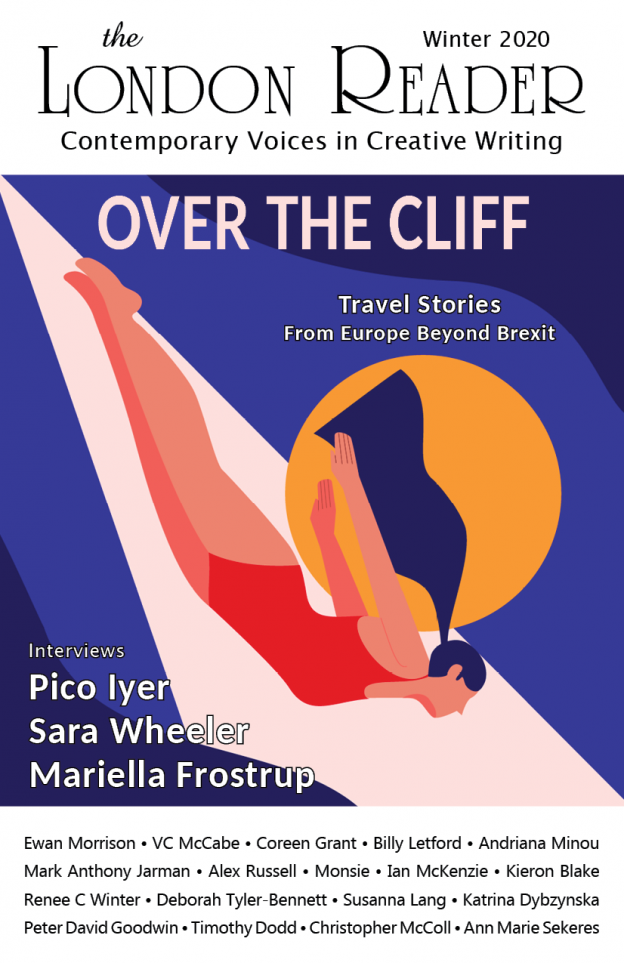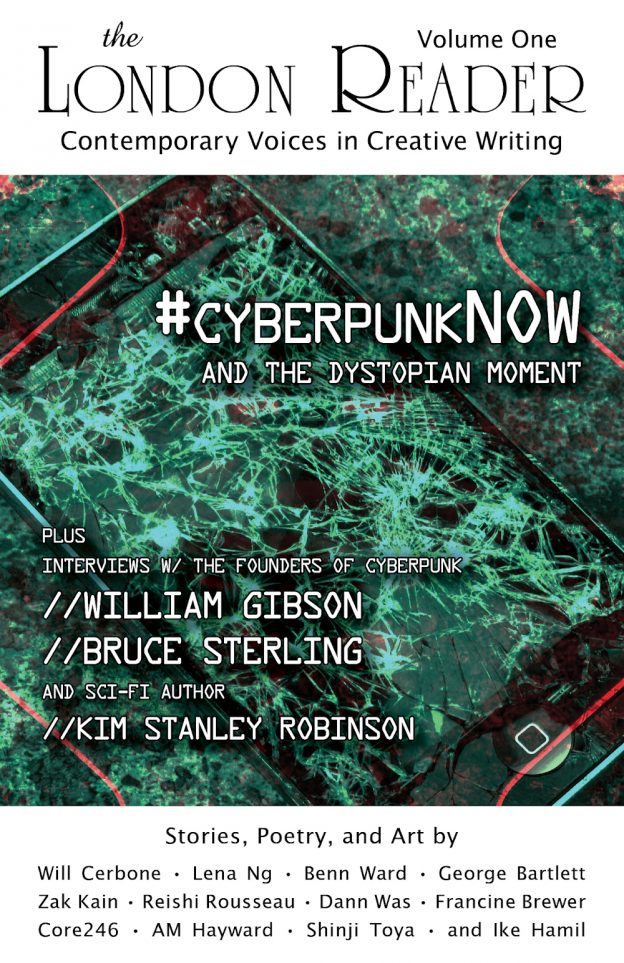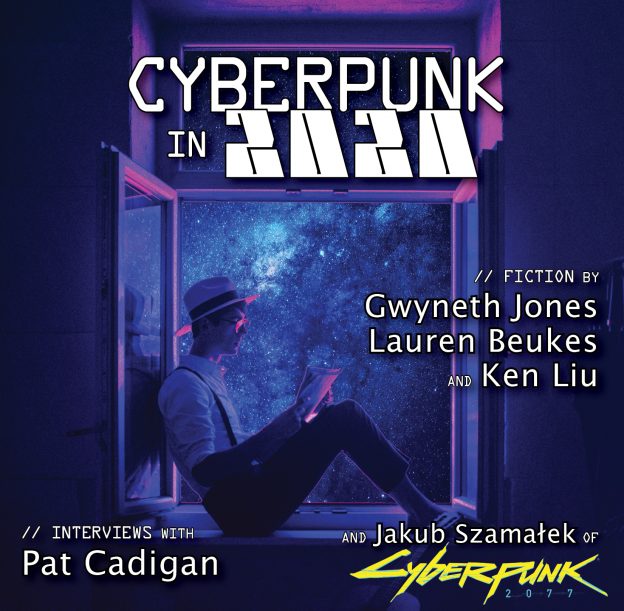Interview with Jakub Szamałek, Lead Writer for Cyberpunk 2077
JAKUB SZAMAŁEK is a Polish novelist and video game writer. He has written six books in his native polish and now works as a writer for the game company CD Projekt RED, which produced The Witcher series and recently Cyberpunk 2077. He is a graduate of Oxford University and holds a doctorate from the University of Cambridge. We reached out to Szamałek to ask him about the influence of cyberpunk fiction on the game, the shape of game narratives, and how he sees the cyberpunk genre now.
The London Reader: Your first crime novels were informed by history, but since then you’ve turned to exploring the impact of new technologies on our lives. What led you from history into writing novels (and games) that explore the near and coming future?
Jakub
Szamałek: For a long time, I had very little interest in new
technologies. Whenever I’d hear anything about megabytes, megabits,
or megahertzes, I’d just zone out of the conversation. I assumed,
naïvely, that if I don’t concern myself with new technologies,
they won’t play a big part in my life. This was flat out wrong, of
course; the internet has spilled out of the computers and permeated
every aspect of our everyday existence.
I remember
the very moment I realized this, the end of my sweet ignorance. I was
on parental leave, pushing the pram with my sleeping seven-month-old
daughter, and listening to the radio. A soft-spoken cybersecurity
researcher told the shocked interviewer how paedophiles use new
technologies to share pictures and videos of abused children or to
find and groom their next victim. I felt my skin crawl; the contrast
between what I saw in front of me, my sleeping daughter, and what I
heard, was harrowing. I realized that I can no longer afford to be
ignorant, that I need to know more about the net that surrounds us,
ever more tightly, if not for my own sake, then for the sake of my
daughter.
When I got
back, I emailed a few friends of mine—programmers, white hat
hackers, cryptographers—and asked them how can I catch up, what
should I watch and read. The more I learned, the more I wanted to
know. Since then, I’ve trained with open intelligence gurus,
consulted malware analysts and gone to an academic conference on AI
at one of the world’s top universities. Though I’m no expert,
I’ve grasped enough to realize that new technologies have, in a
very short span of time, deeply affected our society, and most of us
don’t even realize it. Most people still think—just like I did, a
few years back—that new technologies are a niche interest, a hobby
for nerds. I felt that we need a wake-up call, but one that would be
as accessible as possible, with a wide reach. And so I started
writing Hidden Web, a series which combines deep research with a
fast-paced tech-thriller.
LR: Hidden Web tracks the jarring impact of technology through shocking scenes like a live-streamed murder and through immediate issues such as fake news, troll-farms, and the influence of money and social media on political campaigns. What drew you to these themes? Are you concerned about the impact technology will have on democracy? Have any of these pressing subjects made their way into your work on Cyberpunk 2077?
Jakub
Szamałek: Well, after 2016 it’s hard not to be concerned about
the impact of technology on democracy. Its influence is multifaceted:
it changed how news stories are written, shared and consumed,
completely redefined political campaigning and made outside meddling
in electoral processes shockingly easy and cheap. And all the while,
Silicon Valley behemoths pretend that they don’t see the problem
and are powerless to fix it. Worryingly, it doesn’t look like
things are going to improve any time soon. I agree wholeheartedly
with Carole Cadwalladr that in the current internet landscape,
liberal democracies cannot function normally.
But what
I’m personally most worried about is the death of privacy. It’s
already happened; we just haven’t realized it. In the era of Big
Data and AI, even the most innocuous data can be used to uncover our
secrets and decipher our most intimate thoughts. Just a few data
points from social media are enough to determine our sexual
orientation; a few hundred—a data trail generated over just a few
days of activity—is sufficient to create a detailed psychological
profile. Purportedly “anonymous” data collected by internet
providers and mobile advertisers can be deanonymized with shocking
ease and then used to follow our every move online—and in the real
world too. Pictures of our faces, taken by omnipresent cameras, can
be effortlessly tied to our identities, as demonstrated by the
Clearview AI scandal. We’re creating an infrastructure for
automated mass surveillance, assuming it will not be put to use. I
very much hope we will not be proven wrong.
We covered
some of these topics in Cyberpunk 2077—but the game universe is not
an attempted extrapolation of our own world. It has its own, unique
feel. Some of the topics we tackle in the game will definitely feel
familiar, though—like environmental degradation or extreme social
stratification and its consequences. At first glance, the world of
Cyberpunk 2077 is colourful and exciting, but it has a grim,
disturbing undercurrent. It’s a future I hope will never
materialize.
LR: You’ve written fiction for both novels and for popular video games, like The Witcher and now Cyberpunk 2077, both originally inspired by novelized fiction. Which kind of story do you prefer to tell? And what do you find the most engaging with each medium?
Jakub
Szamałek: I love working in both! What I enjoy the most in
crafting narratives in video games is the nonlinearity. The player
isn’t a passive consumer; she’s given agency to change the course
of the story. Figuring out how to split the storyline—and where
each of the branches should lead—is not unlike solving a hard
puzzle: challenging, but uniquely satisfying. The best thing about
writing novels, in my experience, is having total control over the
story. There are no budget constraints to consider, no technical
difficulties to overcome; anything is possible.
LR: The novel is an art form that is just a few centuries older than video games, and we see games such as Cyberpunk 2077 pushing narrative into collaborative spaces responding to player choices. The medium has now come full circle and there’s a whole genre of novels based around the game experience (LitRPG). Aside from the obvious reader interaction, what do you find are the main differences between telling a story in a novel and in a video game? What do the two media have in common?
Jakub
Szamałek: In video games, players identify very deeply with the
protagonist they control—much more so, I think, than in linear
narratives, like books or movies. And no wonder: after all, they are
drawn in, given the reins. Players feel like they star in the story;
the boundary between them and the character on the screen dissipates
almost completely. This has tremendous consequences for storytelling.
For example, most readers will get through a scene in which the main
character does something ethically questionable, eg tortures his
antagonist, without moral qualms; they might feel disturbed or even
disgusted, but they don’t assume personal responsibility for the
hero’s actions. But if you put the pad in the player’s hands and
ask her to actively do the same, she will feel extreme discomfort and
might prefer to quit the game than to continue the story. To give
another example, a book might feature a confused protagonist, who
lost his or her memory, doesn’t know what to do next, and stumbles
from one event to another, largely by chance. Video game players
would likely find this extremely annoying since they assume the role
of the protagonist; they need to know what they have to do and why.
Of course,
there are many commonalities. The building blocks are the same.
Irrespective of the medium, characters need to be relatable, dialogue
lines must evoke emotional reactions, and plotlines have to be
resolved by the end of the story.
LR: Cyberpunk is often defined as ‘high tech; low life’ and by William Gibson, the grand-father of cyberpunk’s famous quote, “The street finds its own uses for things.” Cyberpunk in part grew out of rising inequality in the 1980s that saw punk culture rebel against corporate influence. Inequality and the influence of corporations have only grown worse since then. In many ways, we’ve come to live in the world envisioned by the early cyberpunk authors, as your own novels explore. So in 2020, what is cyberpunk? What does cyberpunk represent to you? And what is cyberpunk in 2077?
Jakub
Szamałek: If I were to define cyberpunk as a genre, I’d say it
explores what a sudden technological advance does to a broken
society. It imagines a world where the social contract has been torn
to pieces and everyone—regular people, governments,
corporations—fights for themselves with cutting edge technology at
their disposal. The results are rarely pretty.
For me, a
cyberpunk in 2020 is someone who looks beyond the cutesy logos and
user friendly interfaces of modern tech giants and tries to identify
their real goals and actions. It’s someone who understands that we
have a civic obligation to understand how the digital sphere is run
and object to injustices therein. It’s someone who knows the value
of their privacy and takes steps to protect it.
In 2077,
people are given a false choice: you either sell your soul to one of
the giant corporations, or choose a life of crime. Without the
protection of powerful businesses or gangs, sooner or later you will
perish in the merciless streets of Night City. Cyberpunks are people
who reject this dichotomy and try to carve out their own path.
Technology, which often is a tool of oppression, also offers a way
out. Cyberpunks know how to harness it to break free of the
constraints of an unjust society.
LR: There is already something a little bit cyberpunk about bringing a story to life in an immersive 3D environment, but Cyberpunk 2077 is also full scale envisioning of the classic fiction genre. What familiar elements of cyberpunk show up in the game? Does it bring anything new to the genre?
Jakub
Szamałek: Fans of the genre will surely recognize many familiar
themes and topics: what does it mean to be human in a world where our
bodies and minds can be fully mechanized and digitized? What happens
when the elites have access to life-changing inventions, but others
don’t? How do we function in a world where the boundary between the
real and virtual is blurred?
But we also hope that Cyberpunk 2077 brings something new to the table. Most importantly, we tried to update the genre for the modern audience. Cyberpunk always explored our fears about the future, but some of these fears changed from the 1980s and 1990s, when some of the genre-defining novels were first published. For example, we’re less worried about an atomic apocalypse (perhaps wrongly…) and gang violence, but more concerned about privacy issues and the unfettered rise of tech giants. Our game attempts to explore these fears, make them the cornerstone of the story we’re telling.
The above is an excerpt from our full interview with Jakub Szamałek in the Cyberpunk in 2020 issue of the London Reader. Read it here!

